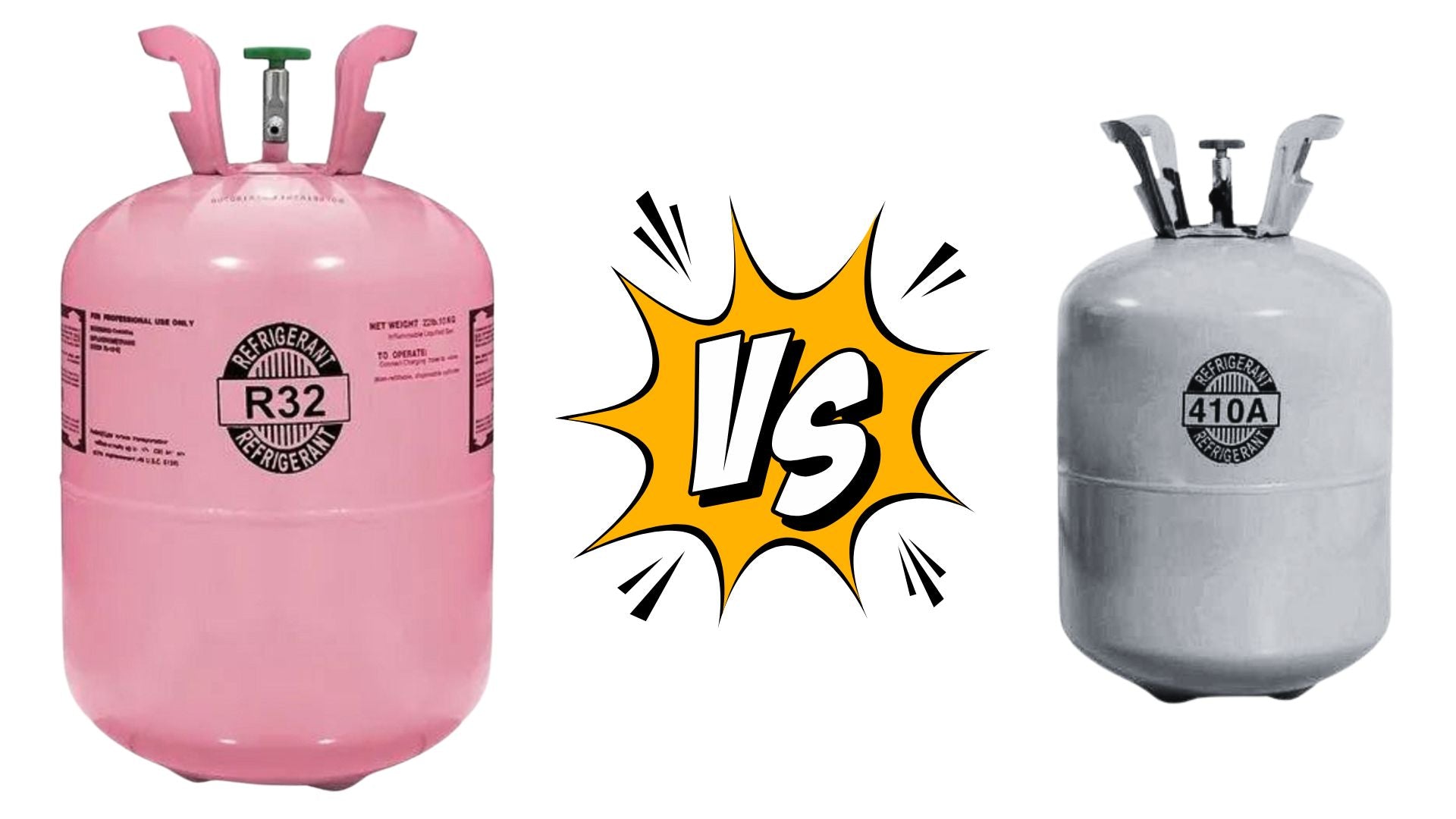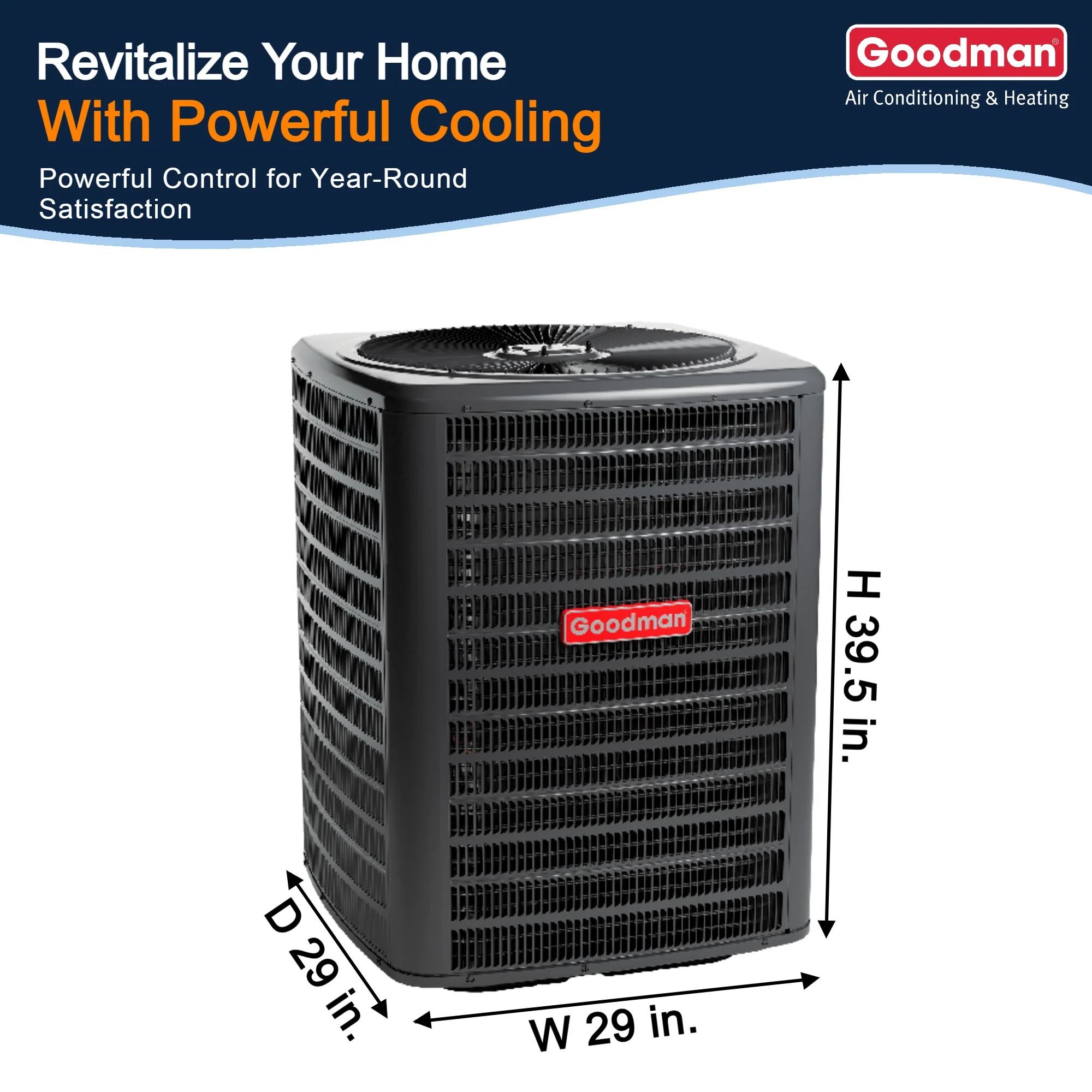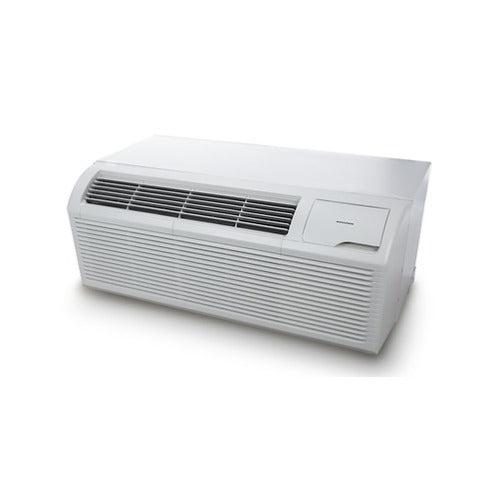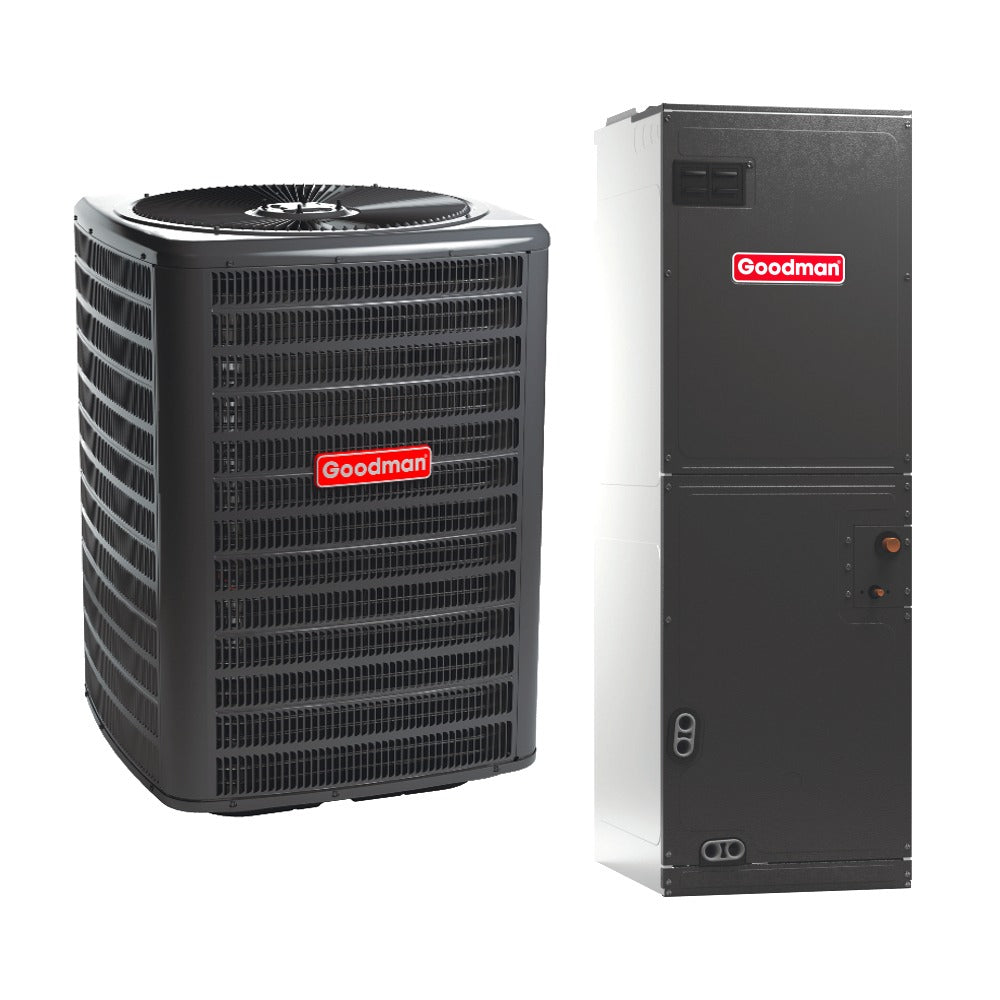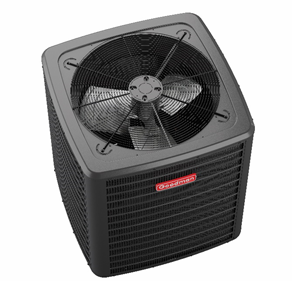When selecting an air conditioning (AC) system, understanding the differences between refrigerants is crucial for making an informed decision. Refrigerants play a significant role in the efficiency, environmental impact, and overall performance of AC systems. This guide aims to provide a comprehensive comparison of R-32 refrigerant with other common options, focusing on aspects such as energy efficiency, environmental considerations, and regulatory compliance.
Understanding Key Terms
-
BTU (British Thermal Unit): A unit of measurement for energy; in the context of AC systems, it quantifies the amount of heat an air conditioner can remove from a space per hour.
-
R-32 Refrigerant: A hydrofluorocarbon (HFC) refrigerant known for its lower Global Warming Potential (GWP) and higher energy efficiency compared to some older refrigerants.
-
SEER2 (Seasonal Energy Efficiency Ratio 2): An updated metric that measures the cooling efficiency of AC systems over a typical cooling season. Higher SEER2 ratings indicate more energy-efficient units, leading to lower operating costs.
Comparing R-32 with Other Refrigerants
-
R-32 vs. R-410A
R-410A has been a prevalent refrigerant in residential AC systems. While it doesn't deplete the ozone layer, it has a relatively high GWP. R-32, on the other hand, has a GWP that is about one-third that of R-410A, making it a more environmentally friendly option. In terms of performance, R-32 systems are often more energy-efficient and require less refrigerant volume to achieve the same cooling capacity. However, R-32 is mildly flammable, necessitating proper handling and installation by certified professionals.
-
R-32 vs. R-22
R-22, also known as Freon, was once the standard refrigerant for residential air conditioners. However, due to its ozone-depleting properties, its production and import have been phased out in many countries under the Montreal Protocol. R-32 offers a more environmentally friendly alternative with a significantly lower GWP. Additionally, R-32 systems tend to be more energy-efficient, translating to lower electricity bills. It's important to note that R-32 is mildly flammable, necessitating proper handling and installation by certified professionals.
-
R-32 vs. R-134a
R-134a is commonly used in automotive air conditioning and some refrigeration applications. It has a moderate GWP and is non-flammable. While R-134a is suitable for specific applications, R-32 is generally preferred for residential and commercial AC systems due to its higher energy efficiency and lower environmental impact. The choice between R-32 and R-134a largely depends on the specific requirements of the application.
Energy Efficiency and SEER2 Ratings
The energy efficiency of an AC system is often indicated by its SEER2 rating. Systems using R-32 refrigerant typically achieve higher SEER2 ratings compared to those using R-22 or R-410A. This means that R-32 systems can provide the same cooling capacity while consuming less electricity, leading to cost savings over time. For example, upgrading from a 14 SEER2 unit to an 18 SEER2 unit can result in significant energy savings.
Environmental Impact
Environmental considerations are paramount when comparing refrigerants. R-32's lower GWP makes it a more sustainable choice compared to R-22 and R-410A. Additionally, R-32's higher energy efficiency contributes to reduced carbon emissions over the lifespan of the AC system. However, its mild flammability requires adherence to safety standards during installation and maintenance.
Regulatory Considerations
Regulatory bodies like ASHRAE (American Society of Heating, Refrigerating and Air-Conditioning Engineers) and the EPA (Environmental Protection Agency) provide guidelines and regulations concerning refrigerant use:
-
ASHRAE Standards: ASHRAE assigns safety classifications to refrigerants based on toxicity and flammability. R-32 is classified as A2L, indicating low toxicity and mild flammability. It's essential to ensure that AC systems using R-32 comply with ASHRAE standards for safe operation.
-
EPA Regulations: The EPA oversees the management of refrigerants to minimize environmental impact. Technicians handling R-32 must be Section 608-certified, as mandated by the EPA. This certification ensures that technicians are trained in safe handling practices, leak prevention, and proper disposal methods.
Conclusion
Choosing the right refrigerant for your AC system involves balancing factors such as energy efficiency, environmental impact, safety, and regulatory compliance. R-32 refrigerant offers notable advantages over traditional options like R-22, R-410A, and R-134a, particularly in terms of lower GWP and higher energy efficiency. However, its mild flammability necessitates careful handling and adherence to safety standards. Consulting with certified HVAC professionals can help ensure that your system is installed and maintained in compliance with current regulations and best practices.
Additional Resources
For more detailed information on refrigerants and their applications, consider the following resources:

